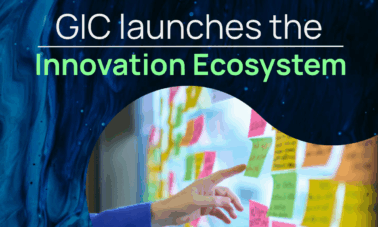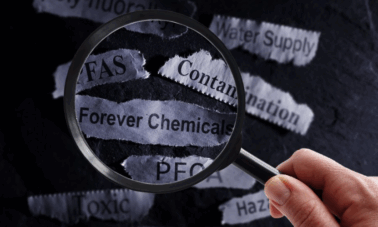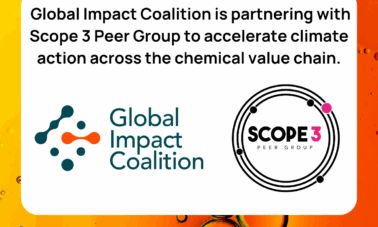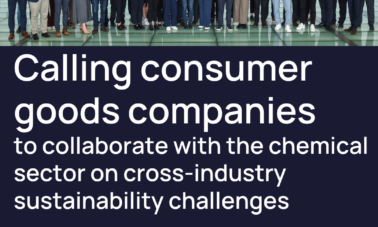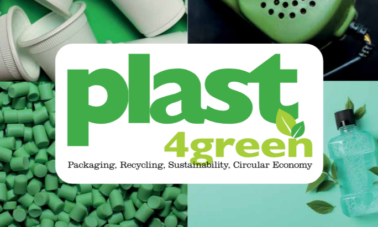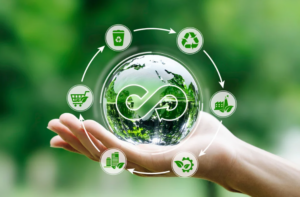
On October 10th, the EY Circular Economy Network (CEN) and the Global Impact Coalition co-hosted a webinar on The Strategic Role of the Chemical Industry in Enabling a Circular Economy – Barriers and Solutions
Speakers included:
- Todd Cline from Procter & Gamble
- Peter Miller from Eastman Chemical
- Fiona van den Brink from LyondellBasell
- Charlie Tan from Global Impact Coalition
- Moderated by Nicole Ray from EY
Key Take-aways from the discussion:
As the world moves toward net-zero and circular economies, the chemical industry plays a pivotal role in enabling sustainable transitions across other sectors. In this lively webinar, sustainability and innovation leaders from P&G, Eastman Chemical and LyondellBasell discussed the pressing issues and potential solutions required to transform the industry.
Here are the five major themes that emerged:
1. Collaboration Across the Ecosystem
The future of sustainability lies in collaborative efforts between industry giants, startups, and the wider ecosystem. Cross-industry partnerships—embracing a holistic “value circle” approach—are essential to building a circular economy. By sharing expertise and resources, large corporations can work with startups to drive innovation and build scalable, sustainable solutions that benefit the entire ecosystem.
2. The Role of Offtake Agreements in Scaling Innovations
One of the key challenges in advancing new recycling technologies is scaling up innovations. Panelists highlighted the importance of securing consistent offtake agreements, where large corporations commit to purchasing from startups or smaller players. This helps new technologies reach commercial viability and provides a steady flow of revenue, which can accelerate growth and bring more sustainable solutions to market.
3. Designing for Recyclability & Overcoming Impurities
Design for recyclability emerged as a critical point, with the panel stressing the need to create products that are easier to recycle from the outset. Incorporating recyclability into product design reduces the introduction of impurities, a common challenge in creating ultra-pure recycled content that meets brand standards. Advanced technologies such as AI-driven sorting systems and chemical recycling are seen as key enablers to improve the quality and efficiency of recycling processes.
4. Overcoming the “Green Premium” and Economic Barriers
The “green premium” challenge remains a significant barrier to sustainable technology adoption. While many of these technologies are technically viable, they often aren’t economically competitive when compared to traditional methods. Panelists discussed the need for regulatory frameworks, investment in research, and strategic partnerships to reduce this green premium. Over time, these efforts can drive down costs and make sustainable alternatives more accessible and profitable.
5. System-Level Change: Regulatory and Market Support
Achieving sustainability at scale requires system-level changes. This includes regulatory support, industry-wide initiatives like Extended Producer Responsibility (EPR), and ensuring consistent access to recycling for consumers. These broader systemic changes are essential for creating a robust and scalable recycling ecosystem, providing a solid foundation for the industry’s transition to net-zero and circularity.
In conclusion, the chemical industry’s transformation hinges on collaboration, innovation, and system-level change. By addressing these five key areas, industry players can accelerate the transition to sustainable practices, benefiting both business and the environment.

